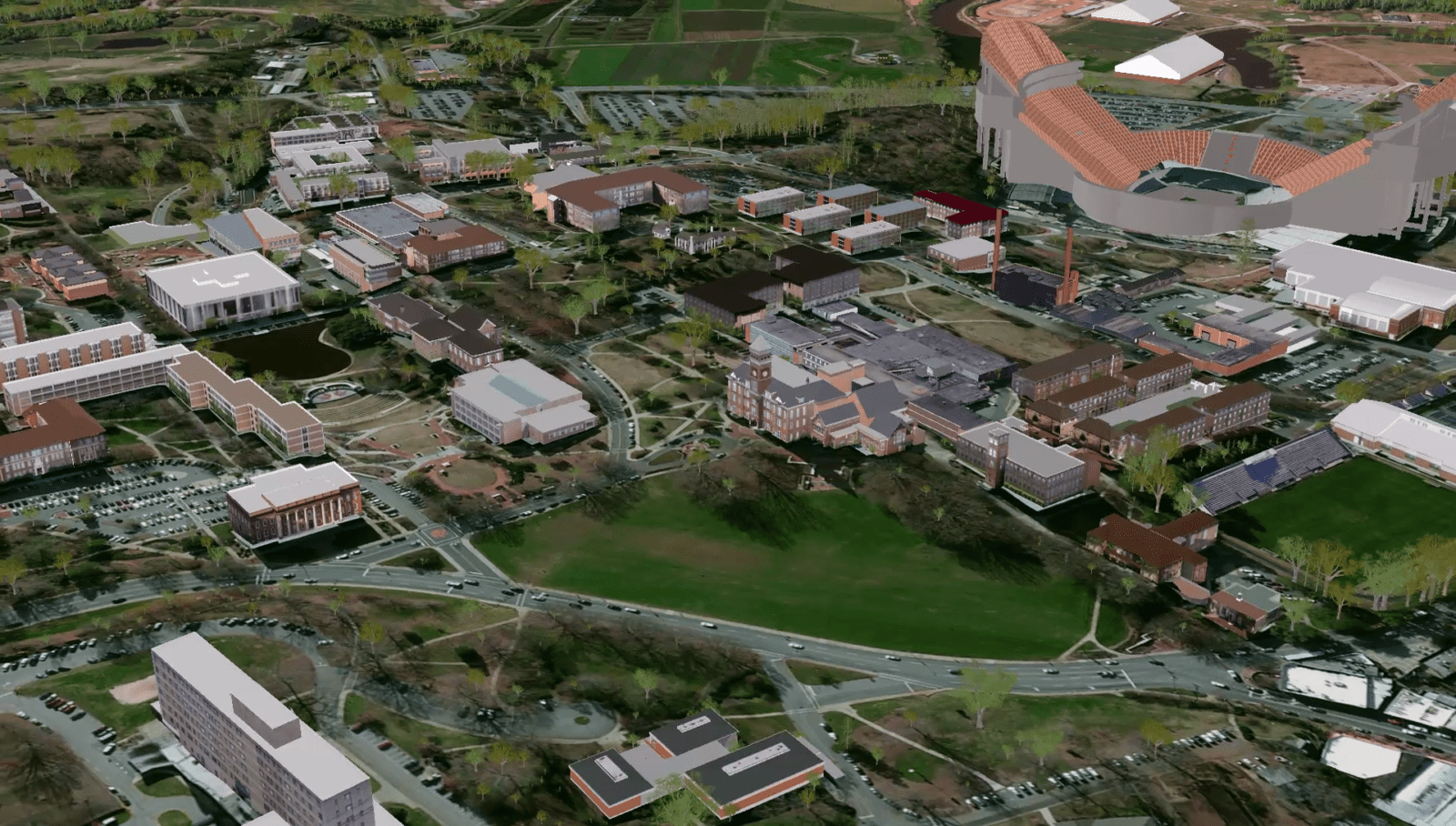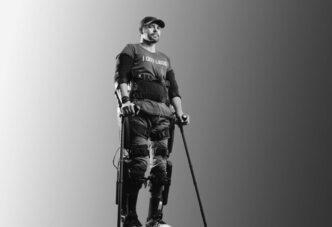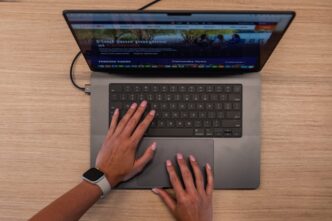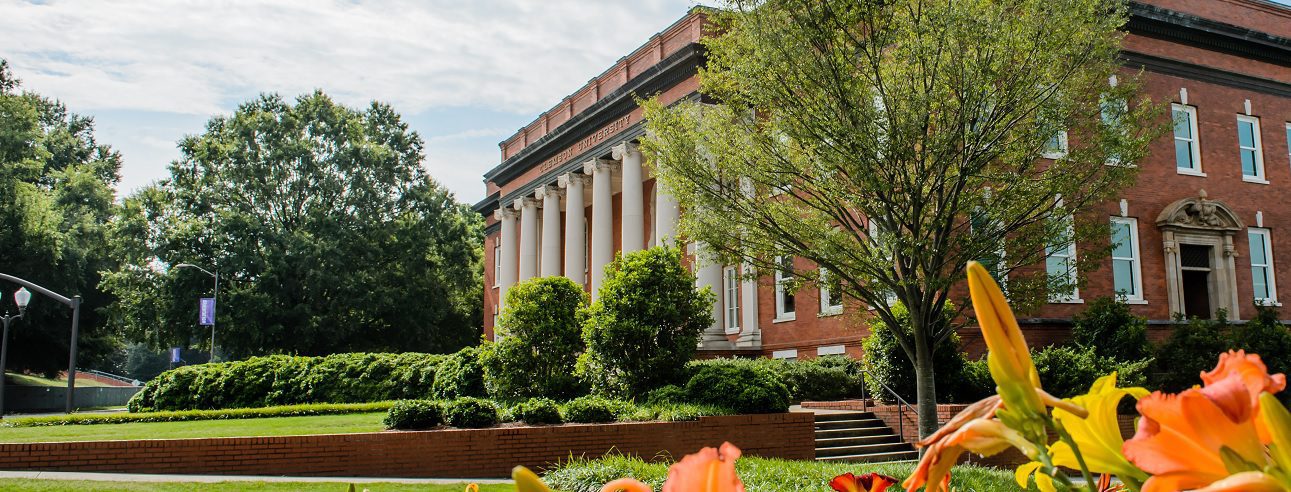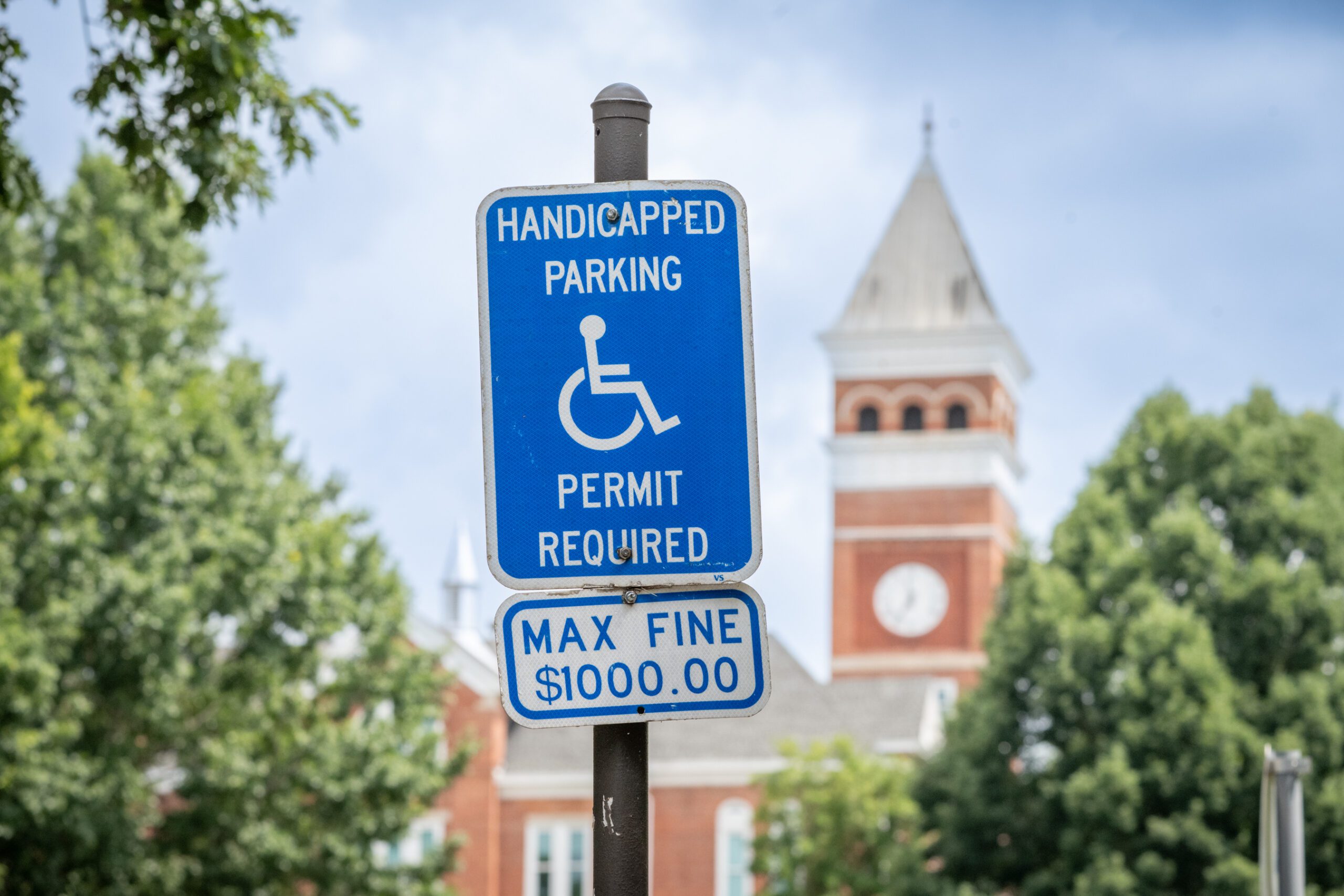Jonathan O’Brien knows there are more than 27,000 trees on the Clemson University campus because he counted them during the summer as an intern for the Center for Geospatial Technologies basemap project, a database of Clemson geospatial information open to the public.
“The overall goal of the basemap is to collect as much data about campus as we possibly can, using whatever technology is at our disposal and package it in a way that is useful,” said O’Brien, a senior majoring in anthropology.
The Center, located on the fourth floor of R.M. Cooper Library, aims to build up geospatial expertise (data or technology that has a geographical or spatial aspect) University-wide through support, teaching and outreach. A campus basemap that would test new techniques, inspire collaboration and promote the Center seemed like the perfect choice to Co-Director Patricia Carbajales-Dale.
“The idea was for us to learn new technologies, but also when we advise faculty and help researchers on campus, we have a better sense of what is available and the timeline that it will take to accomplish certain tasks versus others,” said Carbajales-Dale.
Besides containing the campus’s geospatial data, the basemap features location searches, including transportation and dining information, a 3-D view and a detailed interior of the library. A “Story Map” introduces visitors to the basemap and walks them through its various applications.
Logging every tree, building and bike rack at Clemson isn’t easy. The Center’s staff spent months in the elements, collecting field data outside with tablets and smartphones. Then came 3-D modeling and building the map online. Lu Xu, a graduate student in landscape architecture and GIS intern, created 15,000 buildings in the basemap.
The Center worked extensively with university facilities and utilities personnel on the basemap as well, a theme that the project’s staff continues for anyone who wants to use the data.
“Hopefully, we’ll spark more collaborations with different entities on campus. Hopefully we can work more with them to develop and improve the database and continually update it and add to it,” said GIS Specialist Blake Lytle. “I think this project really helped us at the Center improve as a resource for the University, to become better able to help people with their projects, with their research and support them if they want to pursue these new technologies.”
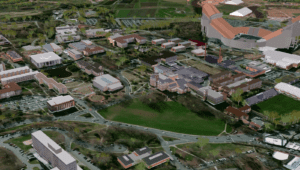
“The dataset that we created from this campus basemap project is freely available and can be used by anybody at Clemson,” said GIS Manager Palak Matta. “They can use that dataset and mash it up with other datacenter data and bring it together on browser applications.”
The Center unveiled the basemap to several sessions of interested students, staff and faculty members. Since then, requests to collaborate with the Center and use the basemap have poured in.
Cooper Library has begun working with the group on historical mapping and special collections to create interactive applications that look at Clemson over time, as well as integrating the data with ADA information to accommodate all Cooper visitors. The Center has also released a survey encouraging students and staff to report where on campus they feel most unsafe with the hope of improving safety, and faculty researchers have analyzed the basemap data to learn where best to install solar panels.
All members involved say the project gave them the chance to learn newer 3-D technologies and better understand how they can help the campus community.
“For students that have a project, or anybody that has research to do, if you don’t know where to start, there are resources available to you,” O’Brien said. He said the Center offers workshops, consultations and one-on-one services. “We test all the new technology and we know what it can do. If you need help, definitely come to us.”

